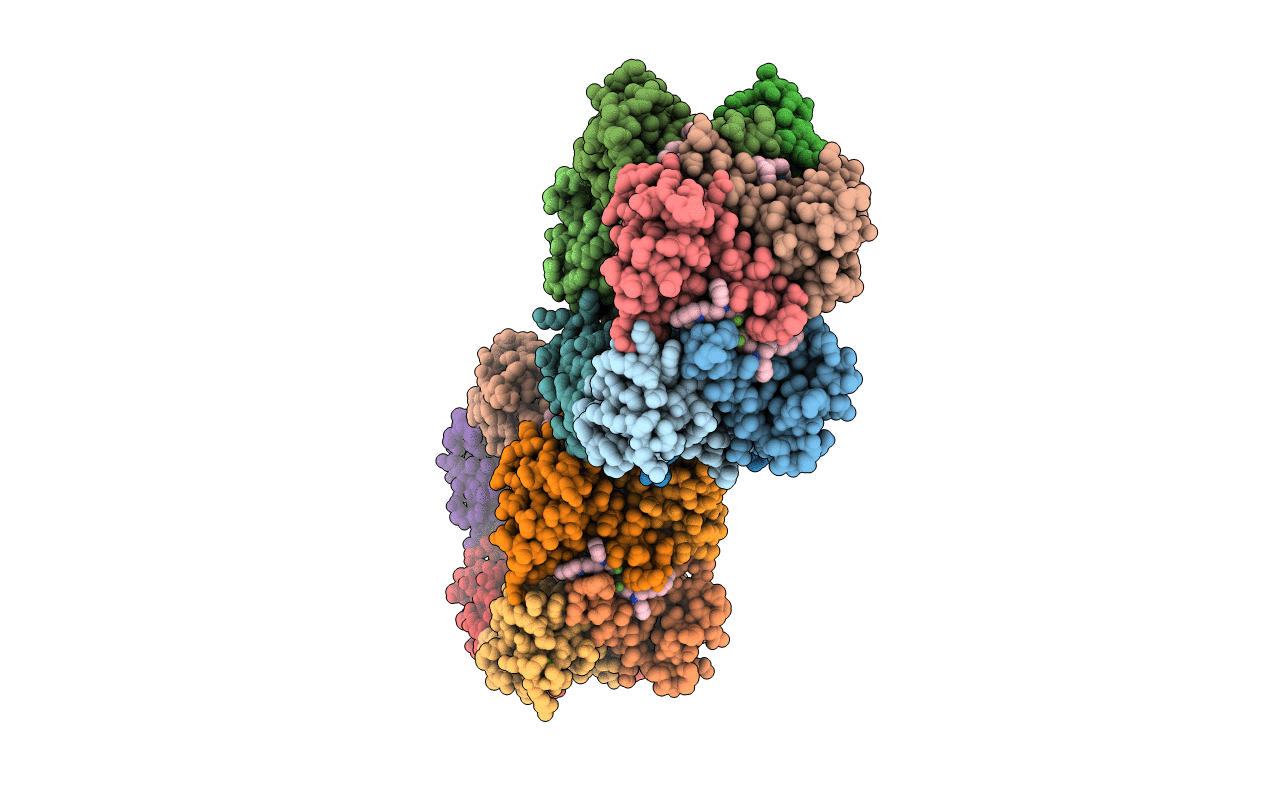
Deposition Date
2009-11-12
Release Date
2010-05-26
Last Version Date
2024-02-21
Entry Detail
PDB ID:
3KO0
Keywords:
Title:
Structure of the tfp-ca2+-bound activated form of the s100a4 Metastasis factor
Biological Source:
Source Organism:
Homo sapiens (Taxon ID: 9606)
Host Organism:
Method Details:
Experimental Method:
Resolution:
2.30 Å
R-Value Free:
0.25
R-Value Work:
0.20
R-Value Observed:
0.20
Space Group:
P 1 21 1


